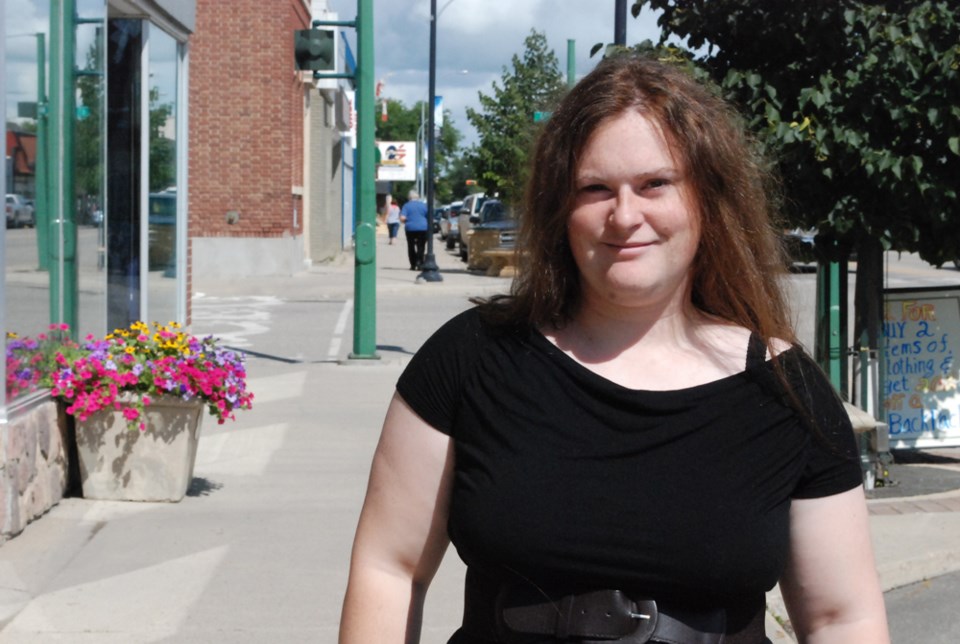Talking with electoral candidates this week, you hear a lot about what the main issues are in Saskatchewan and Canada.
Immigration has always been a big issue, especially with the increase in Filipino, Ukrainian and African workers being brought into the province.
Now of course, when people are introduced to new cultures, they fear for their own. What is the Canadian identity if not this patchwork of different ideas?
According to some, the niqab, a face covering that Muslim women wear, has become this symbol of the disappearance of the Canadian identity representing all that is wrong with immigration in Canada. It’s been noted at a sign of oppression of women but a lot of these women wear it by their own choice.
We’ve seen debates in Quebec when it came to removing religious items from public service workers, and now nationally, Harper is looking to ban the niqab from citizenship ceremonies.
As it stands, women wearing niqabs identify themselves to a female citizenship officer before taking the oath, make it known that they are who they say they are before ceremoniously becoming Canadian.
What does the rest matter?
I had the pleasure of listening to Calgary mayor, Naheed Nenshi when I was in Halifax.
One of his favourite things to do as mayor is to go to citizenship ceremonies. Only once did he see a woman in a niqab take the oath and she lifted the veil so they could see her lips move as she took the oath.
To this he said, who cares?
He said that this issue isn’t because some guy in the prime minister’s office has some deeply held belief about the ceremony and what it embodies; it’s some guy thinking it will get him more votes if he is against them being worn during the ceremony than if he says he is for it.
“If we are living in a world where that’s all that matters is what going to get me more votes than going to lose me, we cannot do good government and more and more people get alienated,” Nenshi said.
London mayor Boris Johnson, who used the same Australian political strategist Stephen Harper is now using, borrowed this back in a Telegraph article back in 2013 “from the rich and fruity vocabulary of Australian political analysis”:
“Let us suppose you are losing an argument. The facts are overwhelmingly against you, and the more people focus on the reality the worse it is for you and your case. Your best bet in these circumstances is to perform a manoeuvre that a great campaigner describes as ‘throwing a dead cat on the table, mate.’”
The logic behind this is that everyone will start talking about the dead cat more than the argument at hand, therefore people will forget how you are losing the argument.
From 2006-2011, 100,000 Muslim women came into Canada among a total of 1.1 million immigrants.
How is this such a large debate for the number of people affected by it?
The more valid question is how are non-Muslims affected by this issue?
Guess what, they aren’t.
What this debate translates into, in pure Harper fashion, is that we should fear the niqab, for it spells the end of the “Canadian identity”.
What is the Canadian identity anyway?
Being welcoming to outsiders is a part of our identity.




